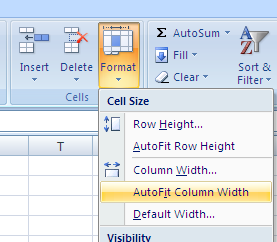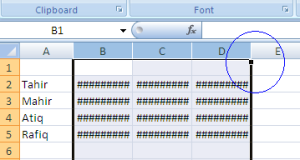There are so many reasons to quit your job and there are so many reasons to stay unemployed! It is very easy to quit your job but very difficult to find a replacement. Therefore, before you even think of quitting your job please read this article just once.
Can you afford quitting your job?
This is the first question you have to ask yourself. You may not find a replacement as quick as you think you can. Chances are high that you might have to stay unemployed for a very long period of time. Are you prepared for this? Do you have enough money to support yourself (and your family)? If your answer to this is “NO” then it is not the right time for you to quit your job. Please have patience.
Bad boss/supervisor?
Bosses are evil! Well, at least in your case they are. Your boss may be all over you, backbiting you, oppressing you, talking ill about you to others, overloading you with work, not recognising whatever you do, not appreciating your good work, holding you responsible for everything that goes bad at work, nagging, too bossy, secretive and the list goes on.
But think about it. Is quitting the only solution? Imagine ending up with an even worse boss/supervisor in your next job? How long are you going to quit? You don’t want to be a quitter for ever, do you? Learn to fight back. It may be hard but not impossible.
The best solution is for you to continue your work as if nothing has happened. Make more friends at work (more at the senior/higher level) but don’t nag about your boss/supervisor at any time because that won’t change anything. Be genuine, concentrate on your job, learn new things, be helpful to others, make suggestions, be on time, and work late if necessary. Remember, slow and study wins the race.
Should you talk to the HR about this?
Please don’t! They are merely employees just like you. They do not have super powers to make your life better for you. You have to fight your battle yourself. Be confident and you will win over time.
Still not convinced?
If you HAVE to change your job then look out for a better opportunity while you are still at this ‘miserable’ work place! Don’t quit as yet. Remember, your value is high when you are employed. People always want things that are not easy to get. Hunt for a job while learning how to be tough at work place. This will help you in the future.
You don’t care a damn?
My previous boss once said that if I quit my job the company will still move on doing what it does: with or without me. I will be the loser and not the company. So, I highly recommend you to think about your decision, not once but 10 times and more. Take a long walk, listen to music, join some fun group if it helps but don’t quit until you have something in your hand.
I am stressing this over and over again. You might be unemployed for a long time and regret your decision. Prepare for the worse or think wise!
I hope you will find this helpful.


